Optimizing Motorcycle Tyre Pressure for Optimal Performance
As a motorcycle rider, you know that your bike's performance is crucial to your safety and enjoyment on the road. One of the most important factors in ensuring optimal performance is maintaining proper tyre pressure. In this article, we'll explore the importance of proper tyre pressure for motorcycles, how to check and adjust it, and the effects of underinflated or overinflated tyres on your bike's performance. We'll also discuss the best tyre pressure for different types of motorcycles and riding conditions, as well as tips for maintaining optimal tyre pressure and extending your tyres' lifespan. By following these expert tips, you can ensure that your motorcycle is always performing at its best and keep yourself safe on every ride.
- 12 June 2023
- Published by MD
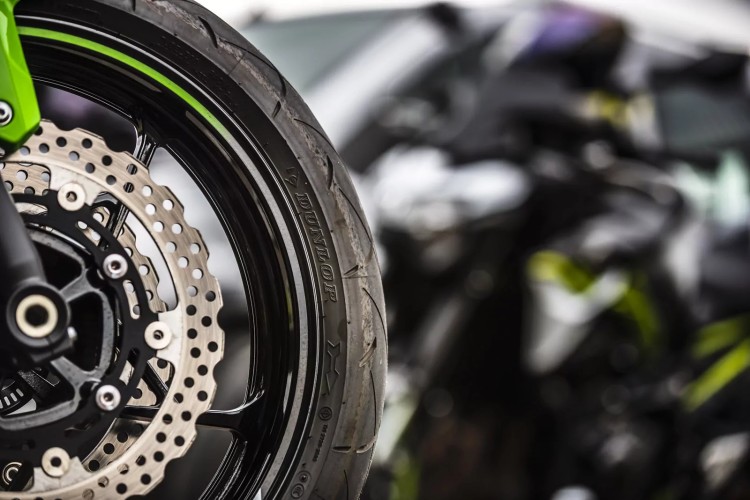
Importance of Proper Tyre Pressure for Motorcycles
Ensuring the correct tyre pressure for your motorcycle is crucial for various reasons, including safety, performance, and fuel efficiency. Properly inflated tyres provide better grip on the road surface, ensuring that your bike remains stable and responsive during acceleration, braking, and cornering. Additionally, maintaining the right tyre pressure can significantly reduce the risk of a blowout or puncture while riding at high speeds.
Another key aspect to consider is how tyre pressure affects your motorcycle's overall performance. When tyres are underinflated or overinflated, they can cause uneven wear patterns and reduce their lifespan. This not only leads to increased maintenance costs but also negatively impacts handling and ride quality. Furthermore, incorrect tyre pressure can result in poor fuel economy as your engine has to work harder to compensate for the reduced traction and stability.
Beyond these practical considerations, proper tyre pressure also plays a vital role in preserving our environment. Underinflated tyres generate more rolling resistance which increases fuel consumption and CO2 emissions. By regularly checking and adjusting your motorcycle's tyre pressure according to the manufacturer's recommendations, you contribute to reducing air pollution and promoting sustainable mobility practices. In summary, understanding the importance of proper tyre pressure for motorcycles is essential for every rider who wants to enjoy a safe, efficient, and environmentally friendly riding experience.
How to Check and Adjust Tyre Pressure on Your Motorcycle
Checking and adjusting the tyre pressure on your motorcycle is a simple yet crucial task that should be performed regularly to ensure optimal performance. To begin, you will need a reliable tyre pressure gauge, which can be either digital or analogue. It's essential to check the pressure when the tyres are cold, as heat generated from riding can cause the pressure to increase temporarily. Ideally, you should perform this task before each ride or at least once a week.
Firstly, locate the recommended tyre pressure for your specific motorcycle model in the owner's manual or on a sticker placed on the bike itself. This information is vital as it provides you with the correct pressure levels for both front and rear tyres. Once you have this information, remove the valve cap from one of your tyres and place the gauge onto the valve stem. Press down firmly to get an accurate reading; if necessary, adjust by inflating or deflating until you reach the desired level. Repeat this process for both front and rear tyres, ensuring they are within their recommended range.
It's important to remember that various factors can affect your motorcycle's tyre pressure, such as changes in temperature and altitude. Therefore, it's wise to invest in a portable air pump or CO2 inflator kit so that you can make adjustments while on-the-go if needed. Additionally, consider checking your tyre pressures more frequently during seasonal changes or when embarking on long-distance rides where conditions may vary significantly along your route. By maintaining proper tyre pressure levels consistently, you'll not only optimise your motorcycle's performance but also enhance its safety and extend its tyre lifespan.
Effects of Underinflated or Overinflated Tyres on Motorcycle Performance
Understanding the effects of underinflated or overinflated tyres on motorcycle performance is crucial for ensuring a safe and enjoyable riding experience. When tyres are not inflated to the correct pressure, it can lead to various issues that may compromise the handling, stability, and overall performance of your motorcycle. Underinflated tyres have a larger contact patch with the road surface, which increases rolling resistance and causes the engine to work harder. This results in reduced fuel efficiency, sluggish acceleration, and increased tyre wear.
On the other hand, overinflated tyres have a smaller contact patch with the road surface, leading to decreased traction and grip. This can make your motorcycle more prone to skidding or sliding during cornering or braking, especially on wet or slippery surfaces. Overinflation also causes uneven tyre wear, as the centre of the tyre bears most of the load while riding. Furthermore, an overinflated tyre is more susceptible to punctures or damage from road debris and potholes due to its reduced ability to absorb impacts.
Besides affecting handling and stability, improper tyre pressure can also impact your motorcycle's suspension system. Both underinflated and overinflated tyres can cause excessive stress on suspension components as they struggle to compensate for the altered characteristics of the tyres. This may result in premature wear or even failure of these components if left unchecked. Therefore, maintaining optimal tyre pressure is essential not only for maximising your motorcycle's performance but also for preserving its longevity and ensuring a safe ride every time you hit the road.
Best Tyre Pressure for Different Types of Motorcycles and Riding Conditions
Understanding the best tyre pressure for different types of motorcycles and riding conditions is crucial to optimising performance and ensuring a safe ride. Each motorcycle manufacturer provides recommended tyre pressures for their specific models, which can usually be found in the owner's manual or on a sticker located on the bike itself. However, these recommendations are often based on standard riding conditions and may need to be adjusted depending on factors such as rider weight, luggage load, and weather conditions.
For example, sport bikes typically require higher tyre pressures than cruisers or touring bikes due to their more aggressive riding style and cornering capabilities. A sport bike ridden at high speeds or on track days may benefit from slightly increased tyre pressure to improve handling and stability. On the other hand, off-road motorcycles like dirt bikes or adventure bikes will generally require lower tyre pressures to provide better traction and shock absorption on uneven terrain. It's essential to experiment with different tyre pressures within the manufacturer's recommended range to find what works best for your specific motorcycle and riding style.
In addition to considering your motorcycle type, it's important to account for various riding conditions when determining optimal tyre pressure. For instance, colder temperatures can cause tyres to lose pressure more rapidly, so it's advisable to check and adjust your tyre pressure more frequently during winter months. Similarly, wet or slippery road surfaces may warrant slightly lower tyre pressures for improved grip and control. Ultimately, maintaining proper tyre pressure is an ongoing process that requires regular monitoring and adjustments based on your unique circumstances. By doing so, you'll not only enhance your motorcycle's performance but also ensure a safer and more enjoyable riding experience.
Tips for Maintaining Optimal Tyre Pressure and Extending Tyre Lifespan
One of the most effective ways to maintain optimal tyre pressure and extend the lifespan of your motorcycle tyres is by regularly checking and adjusting the pressure. It's recommended that you check your tyre pressure at least once a week, or before any long rides. This will not only ensure that your tyres are properly inflated for maximum performance but also help prevent premature wear and tear. Remember to always use a reliable tyre pressure gauge, as inaccurate readings can lead to improper inflation.
Another important tip for maintaining optimal tyre pressure is to be mindful of temperature changes. Tyre pressure can fluctuate with changes in ambient temperature, so it's essential to adjust accordingly. For instance, if you're riding in colder weather, your tyres may lose some pressure due to the lower temperatures. In this case, you should inflate them slightly more than usual to compensate for the loss. Conversely, if you're riding in hot weather, be prepared for your tyres to expand due to increased air volume and adjust the pressure accordingly. Additionally, avoid exposing your motorcycle to direct sunlight for extended periods when parked, as this can cause excessive heat buildup and affect tyre pressure.
Lastly, proper storage and care of your motorcycle play a crucial role in extending the lifespan of its tyres. When storing your bike for an extended period, make sure it's on a flat surface with minimal weight on the tyres – using paddock stands or centre stands can help alleviate stress on them. Regularly inspect your tyres for any signs of damage or wear such as cuts, punctures or uneven tread wear patterns; addressing these issues promptly will help prevent further deterioration and prolong their life. By following these simple tips and staying vigilant about tyre maintenance, you'll be able to enjoy better performance from your motorcycle while ensuring that its tyres last as long as possible.
Subscribe to our newsletter
You may be also interested in
Go to blog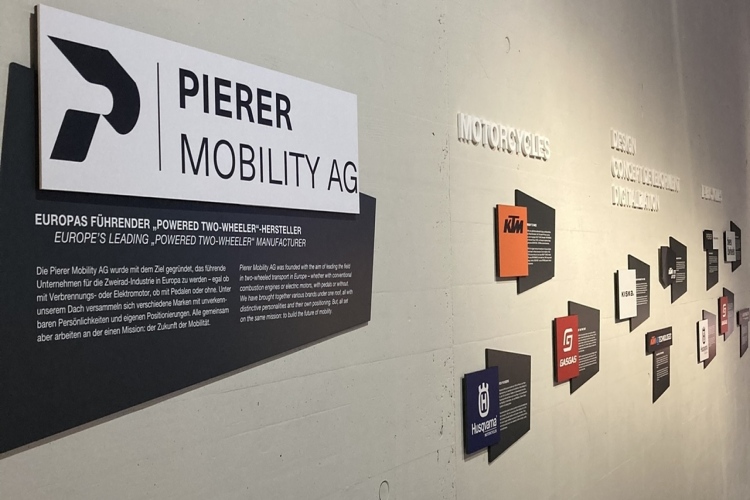
KTM is going bankrupt?
Recently, the media has been circulating numerous reports about the problems of Pierer Mobility AG - the owner of the KTM, Husqvarna, GASGAS and MV Ag...
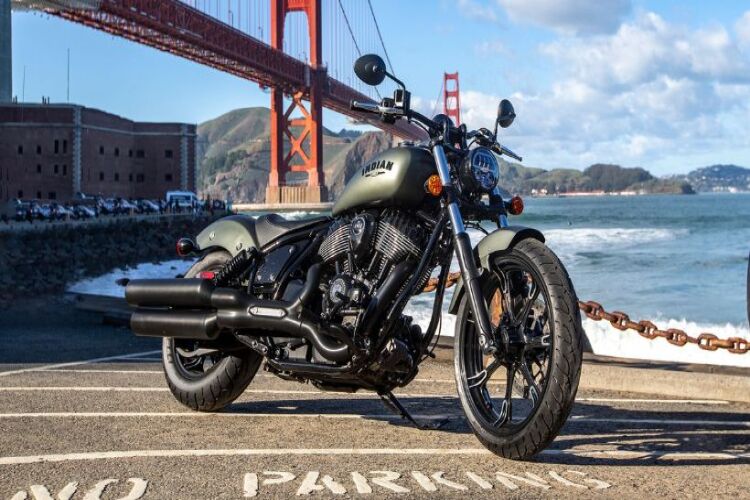
Best Cruiser Motorcycles of 2024-2025
Are you ready to explore the world of cruiser motorcycles in 2024-2025? Whether you're a seasoned rider or just starting out, this year brings an exci...
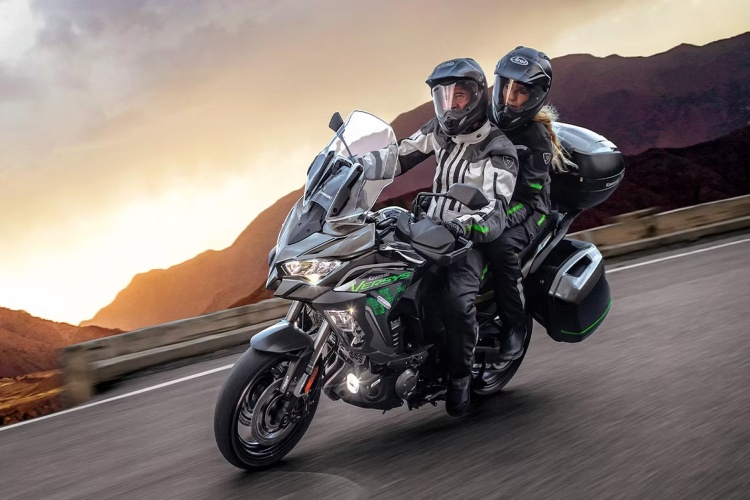
Discover the Best Touring Motorcycles for 2024-2025: Your Ultimate Guide to Adventure
Are you ready to hit the road and explore the world on two wheels? The years of 2024-2025 are set to bring a thrilling array of sports tourer motorcyc...
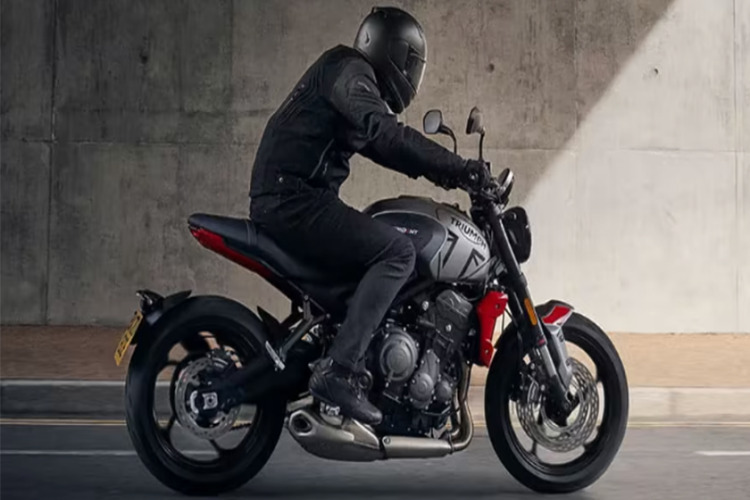
What is a naked motorbike?
Discover the world of naked motorbikes, characterized by their stripped-down aesthetics and versatile performance. This article explores the features,...

How does finance work on a motorcycle
Understanding motorcycle finance is essential for riders looking to purchase their dream bike. This article explores various financing options, includ...
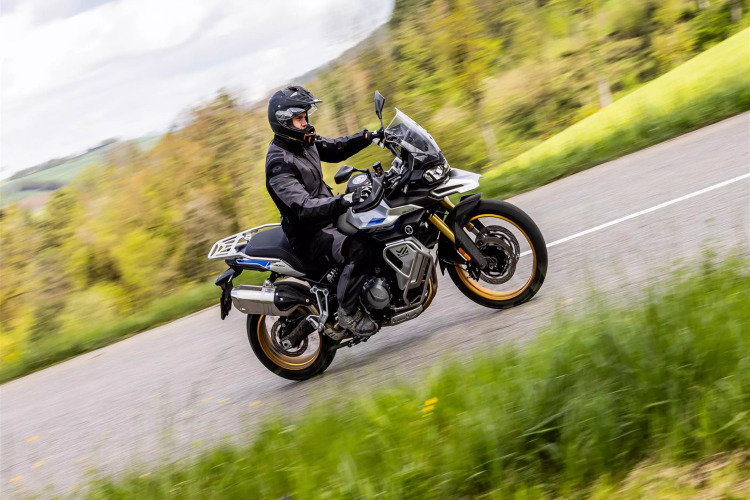
Voge 900 DSX 2024 review
Discover the Voge 900 DSX 2024 in our detailed review! This adventure motorcycle blends style, performance, and technology, making it an exciting choi...
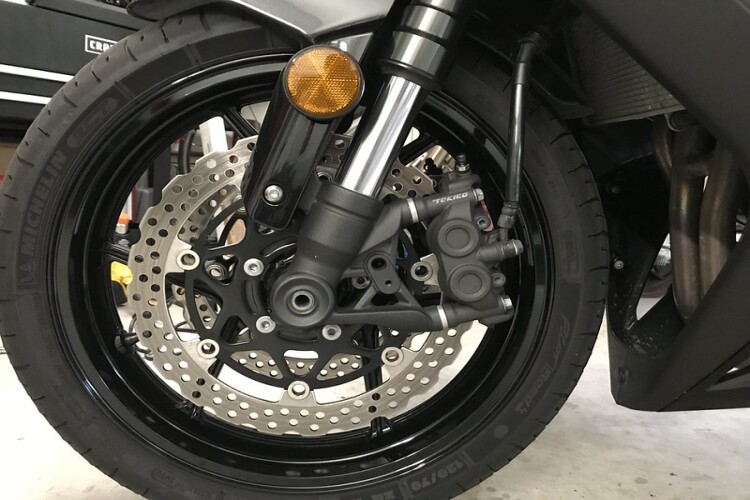
How to clean brake calipers
Keeping your motorcycle's brake calipers clean is essential for effective braking and overall safety. In this guide, we will take you through the step...

How to ride a motorcycle - First beginner's steps
Are you eager to learn how to ride a motorcycle? This beginner's guide covers essential steps, from choosing the right bike to understanding safety ge...
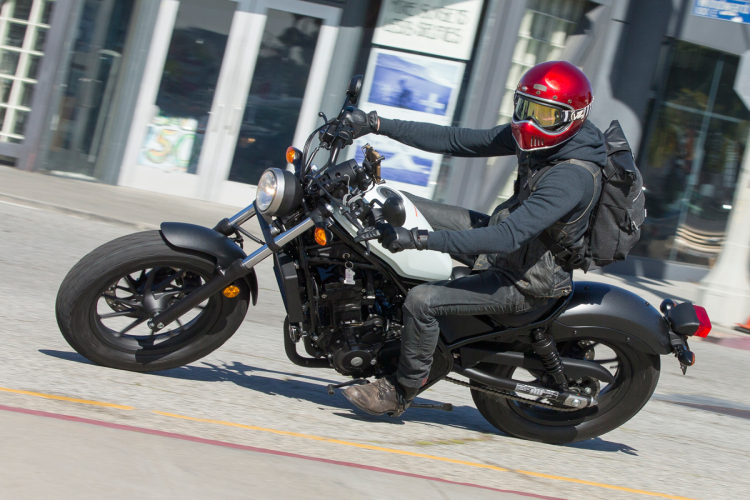
Best beginner motorcycle
Finding the best beginner motorcycle can be a daunting task. This guide explores top models that combine ease of handling, lightweight designs, and af...

Buy motorcycle online - simple procedure with MotoDealers UK
Discover the simple procedure for buying a motorcycle online with MotoDealers UK. Enjoy a hassle-free experience, explore various options, and make yo...
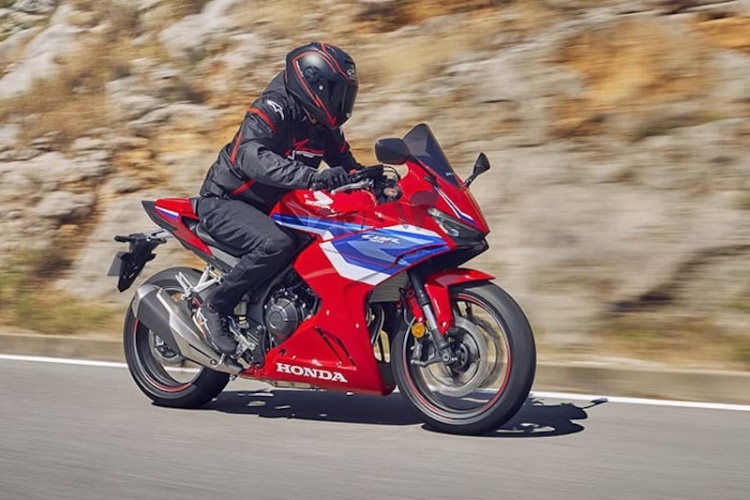
Honda cbr500r near me - one of the most popular bike w UK
Discover the features, performance, and community around the Honda CBR500R, one of the UK's most beloved motorcycles. Whether you're a newbie or a sea...

How to pack for motorcycle trip?
Packing for a motorcycle trip requires careful consideration to ensure maximum comfort and safety on the road. This guide covers essential packing tip...

